On March 8 around 2.30 in the afternoon, a mysterious object crash landed on the home of a Florida resident. The object went through 2 floors, tearing up the roof.
It even almost hit the homeowner’s son. What is the object? Where did it come from? Could this be stray debris from a space station? NASA is investigating.
The Incident
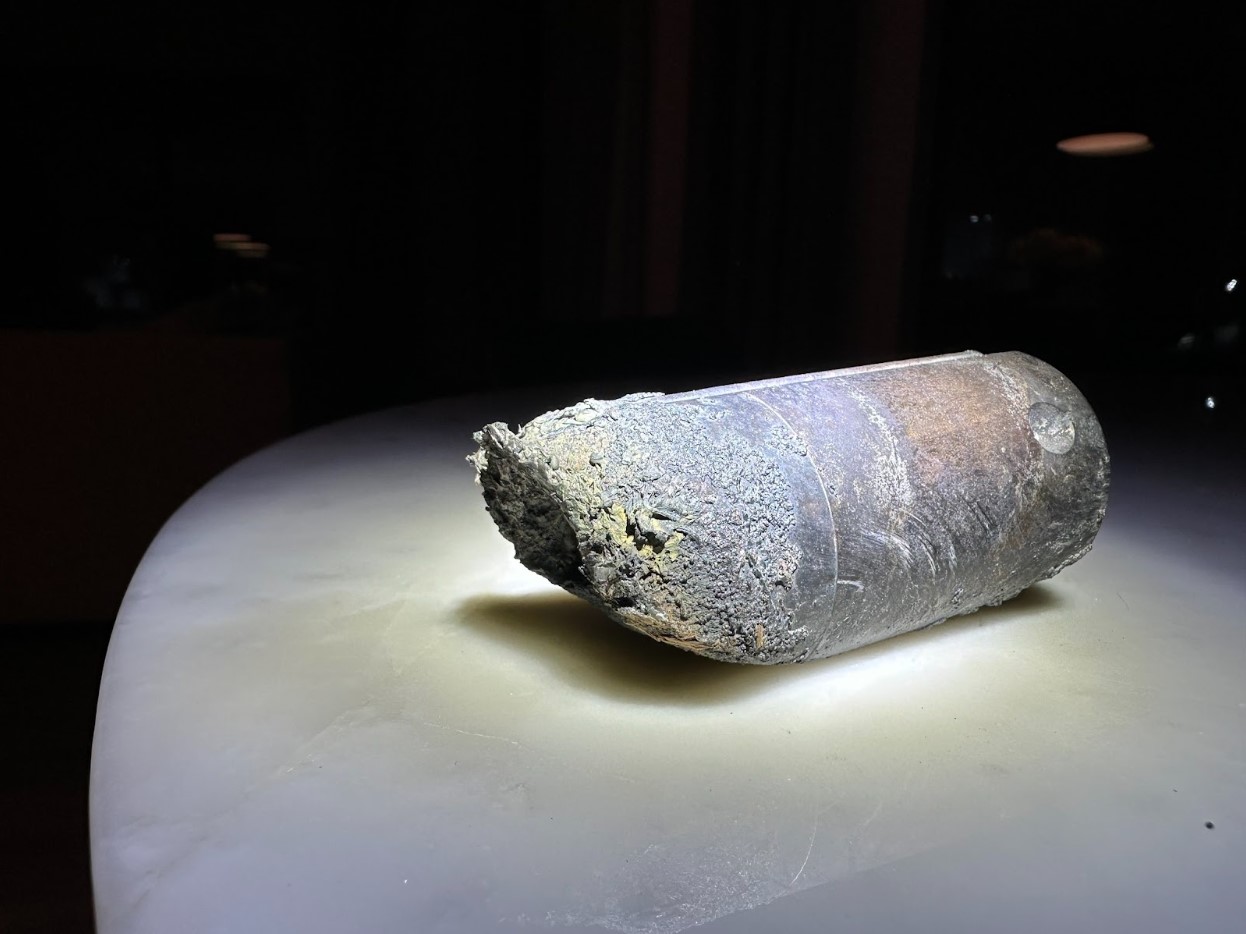
The incident was reported on X (formerly Twitter) by the homeowner, Alejandro Otero, of Naples, Florida. Otero was responding to another post about an equipment pallet reentering the Earth over the Gulf of Mexico.
Otero asked the previous poster, “Can you please assist with getting NASA to connect with me? I’ve left messages and emails without a response.”
NASA Response
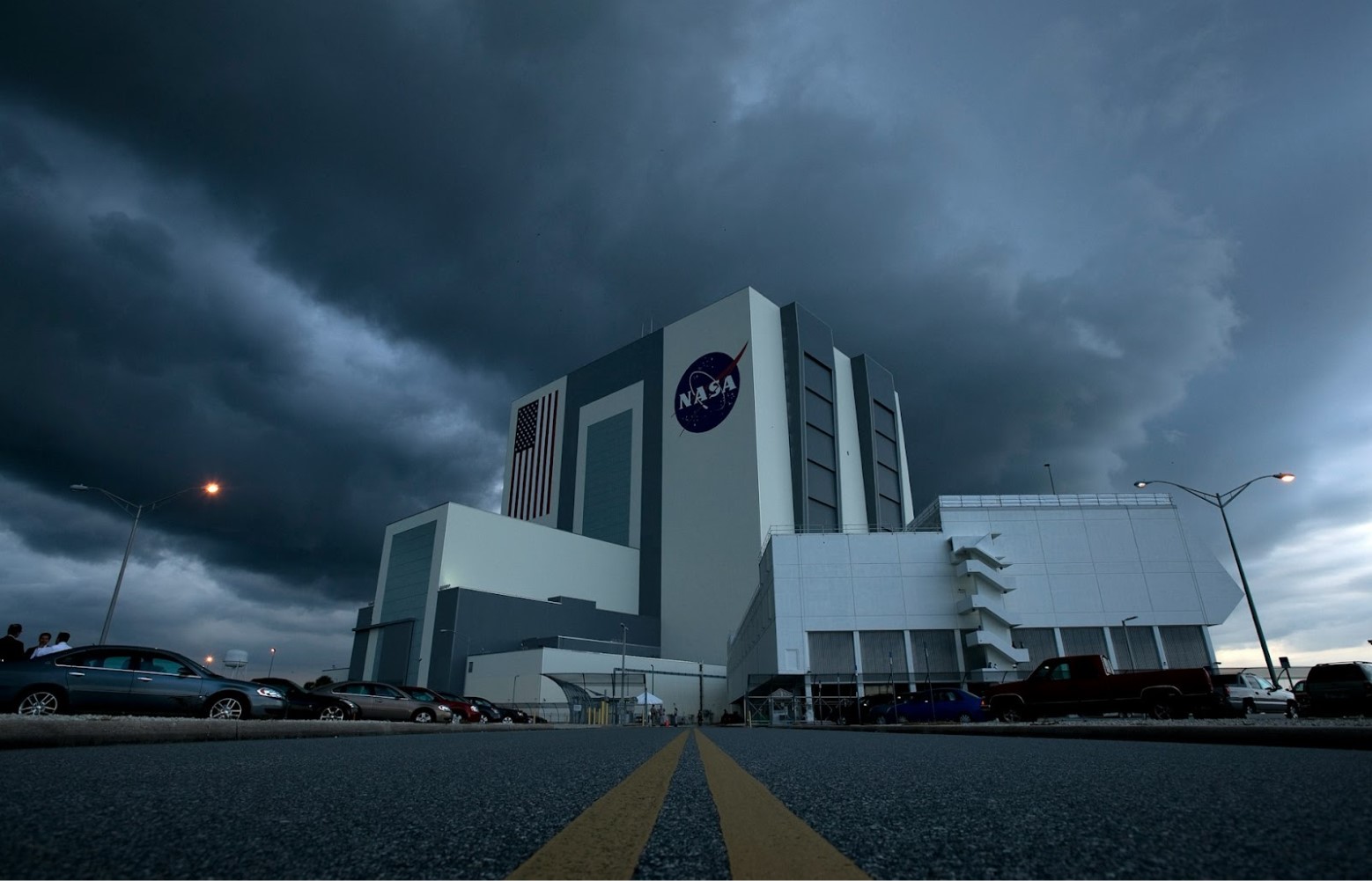
It might have taken a while, but NASA finally responded. Previously, Otero had been told, “NASA are not the right people to contact.” He was referred to The Aerospace Corporation instead.
But an update on the issue revealed that NASA has indeed made contact with Otero. NASA spokesperson, Joshua Finch, said, “NASA collected an item in cooperation with the homeowner, and will analyze the object at NASA’s Kennedy Space Center in Florida as soon as possible to determine its origin.”
Waiting for Confirmation

After handing over the object to NASA, Otero sought to make a claim for damages to the federal government. He eagerly awaited “communication from the responsible agencies, as their assistance is crucial in resolving the damages from this deliberate release.”
But whether the space agency or the government is going to foot the bill for the Otero house repair, it remains to be seen. NASA must first determine where this piece of ‘space junk’ comes from.
Possible JAXA Debris

There’s a possibility that the object found in Otero’s house came from a large cargo pallet hauling batteries belonging to JAXA (Japan Aerospace Exploration Agency). This was the pallet thought to be reentering Earth’s atmosphere over the Gulf of Mexico.
These batteries were discarded from the ISS in 2021 and were supposed to combust in the atmosphere. However, it seemed likely that one piece had survived the reentry. Otero certainly thought his debris was one of nine drained batteries from the ISS.
Liability Claim

Whoever the owner of that object is, Otero or his insurance company could make a claim against the government under the Federal Tort Claims Act. Michelle Hanlon, executive director of the Center for Air and Space Law at the University of Mississippi is sure of this.
She said to Ars Technica, “If it is a human-made space object which was launched into space by another country, which caused damage on Earth, that country would be absolutely liable to the homeowner for the damage caused.”
Re-Entry Monitored

The pallet’s reentry was monitored by the ESA (European Space Agency). The agency stated that the risk of space debris falling to Earth and hitting a person was “very low.”
Large space objects re-enter our planet’s atmosphere naturally more or less on a weekly basis. But most of the fragments from these objects should burn up before they hit the ground. Furthermore, the ESA stated, “Most spacecraft, launch vehicles, and operational hardware are designed to limit the risks associated with a re-entry.”
Space Junk a Problem
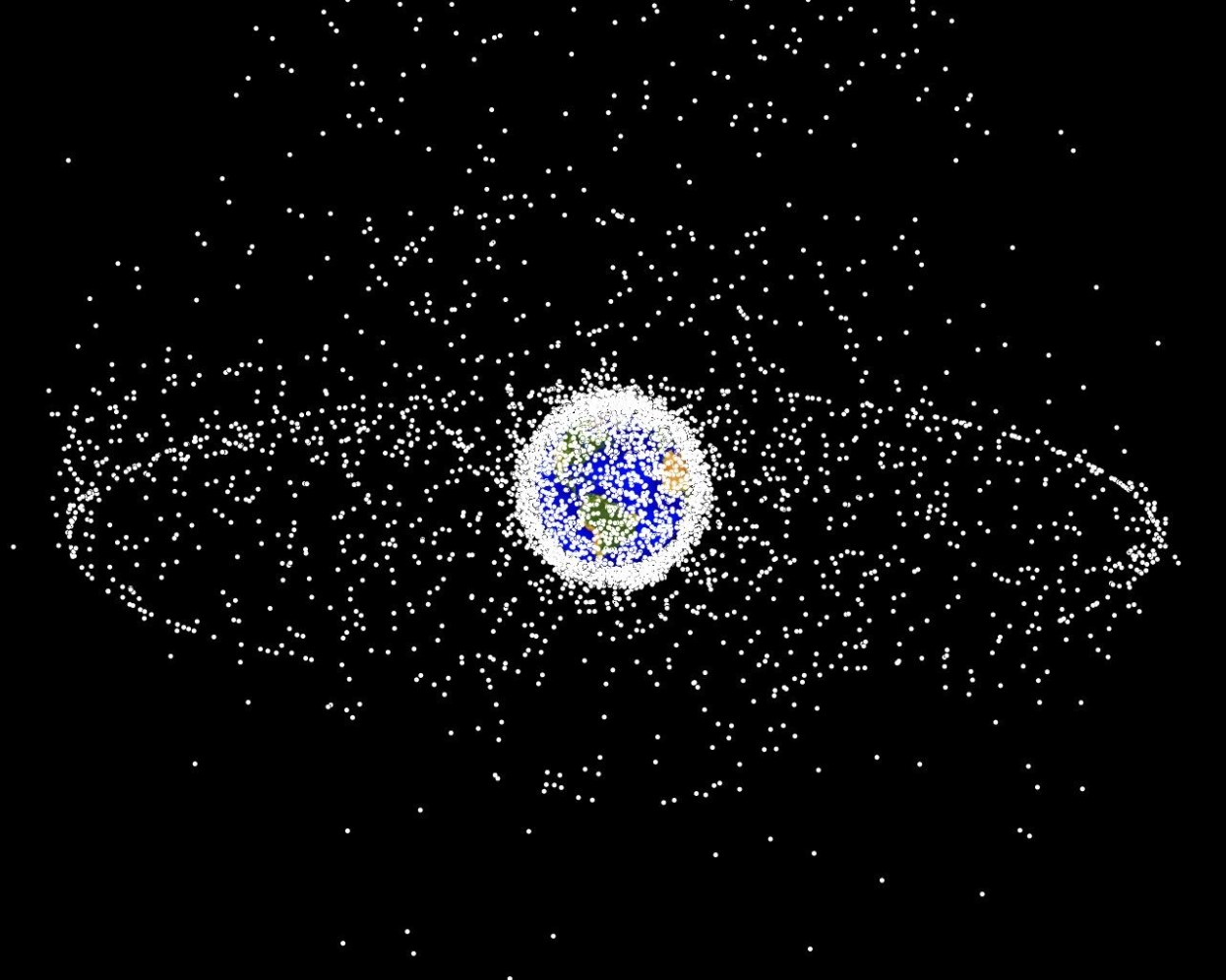
You’d be surprised to know that space is littered with debris. There are at least 30,000 large pieces of space junk and these are monitored by space agencies worldwide. But there are many more smaller pieces that are too hard to detect.
Some suggestions have been made to collect these debris from our stratosphere, as these are considered environmental hazards. Grabbing junk with nets, collecting with clawed robots, or firing a 0.8-kilometer (0.5 mile) long tether from another spacecraft to bring it in are among the suggested methods.
Skeptics Worry
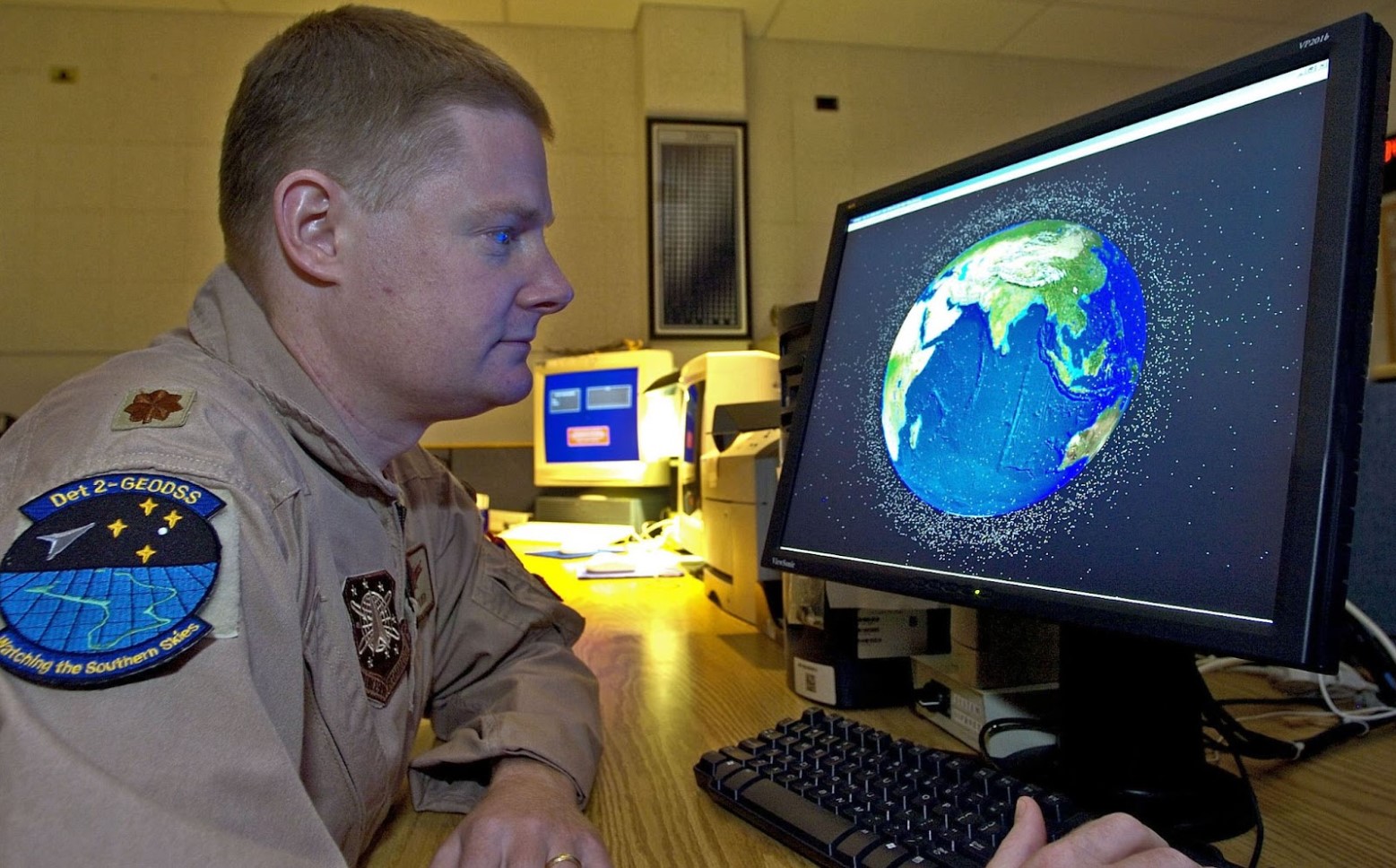
Furthermore, some people are still skeptical about the minimal risk of being hit by falling space junk. After all, the space industry continues to grow and someone somewhere risks getting hit by a space object.
In 2022, Fabian Zander, a Senior Research Fellow in Aerospace Engineering at University of Southern Queensland wrote the chances of a person or an earthly object being struck are more likely, thanks to the increasing number of objects humans send to space.
SpaceX Incidents

Who could forget the SpaceX rockets incidents in 2021 and 2022? A piece from SpaceX’s Falcon 9 Rocket crashed on a Washington state farm after streaking through the Pacific Northwestern sky in April 2021.
The private spaceflight company owned by X’s owner Elon Musk made the news again a year later when the Australian Space Agency identified the remnant of a SpaceX capsule that had landed on a farm in New South Wales.
A Survivor’s Tale

History has shown that space objects did crash on Earth near human settlements with an alarming frequency. There is even a close call with human casualty.
Lottie Williams was hit on the shoulder by space debris after she saw what appeared to be a meteor-like “flash of light” on her walk in the park in Tulsa, Oklahoma. Thankfully, the object was light, not traveling very fast, and only struck a “glancing blow.” Ms. Williams lives to tell the tale.
China’s Mishap
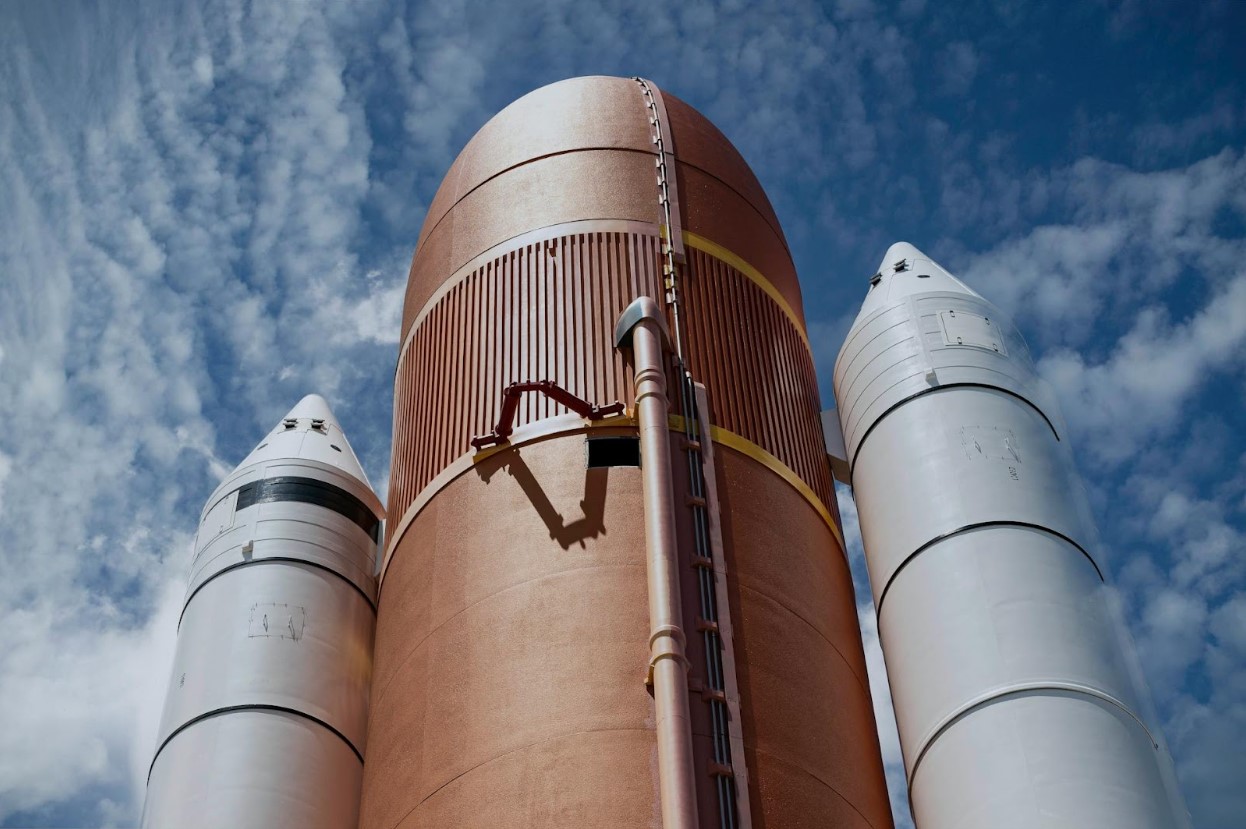
Then, between 2020 and 2022, space junk fell on different spots on Earth: parts of Ivory Coast, Indonesia, Malaysia, and the Indian Ocean got hit with the empty core stage of Long March 5B rockets belonging to China.
The space community condemned the country for these incidents. Many thought the Long March 5B’s design was faulty, having no safe landing capability and instead must be pulled down by drag whenever it fell. With one rocket being such a frequent offender, it’s not unthinkable that governments should be preparing for more incidents and figure out how to stop it.
